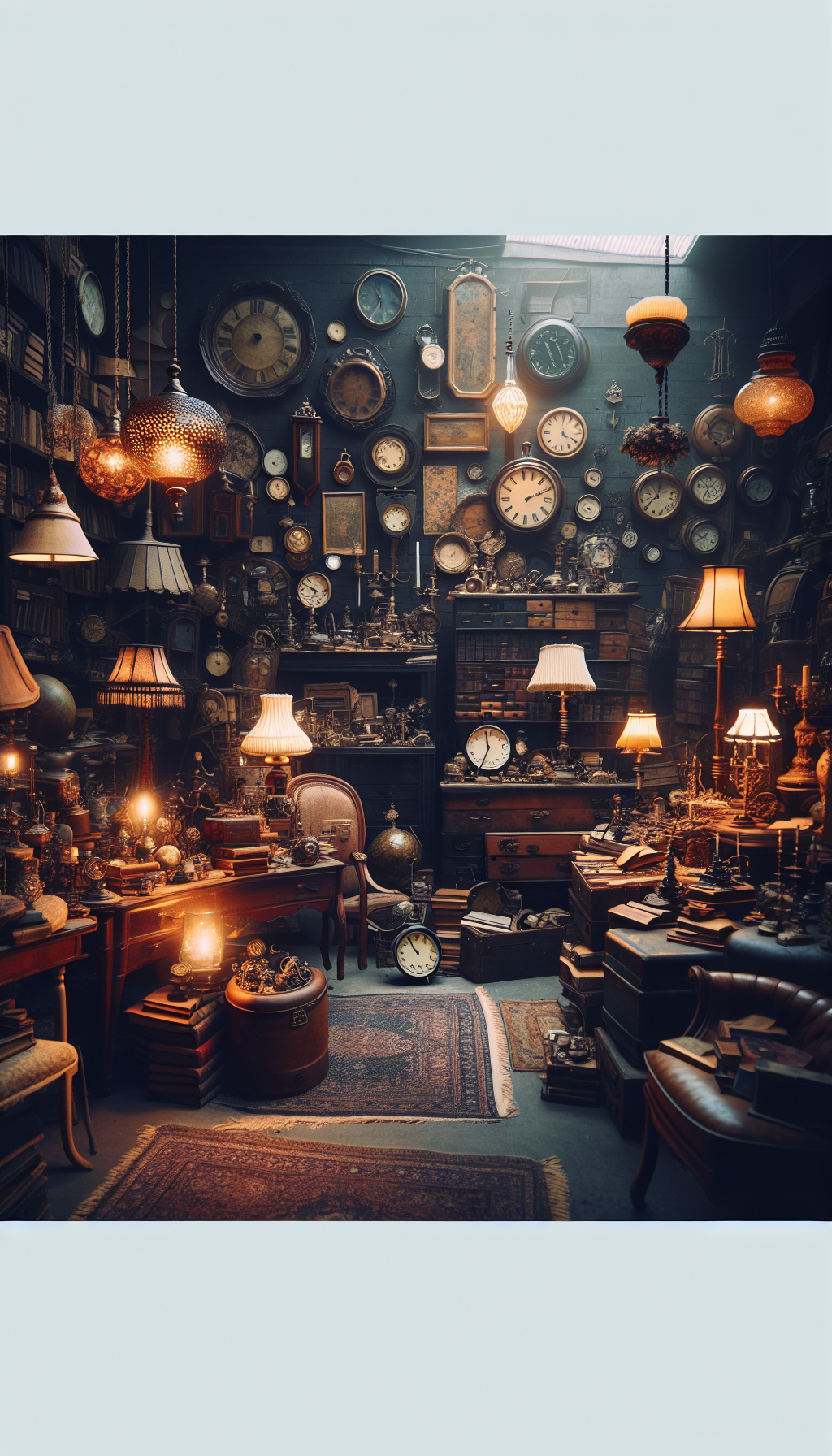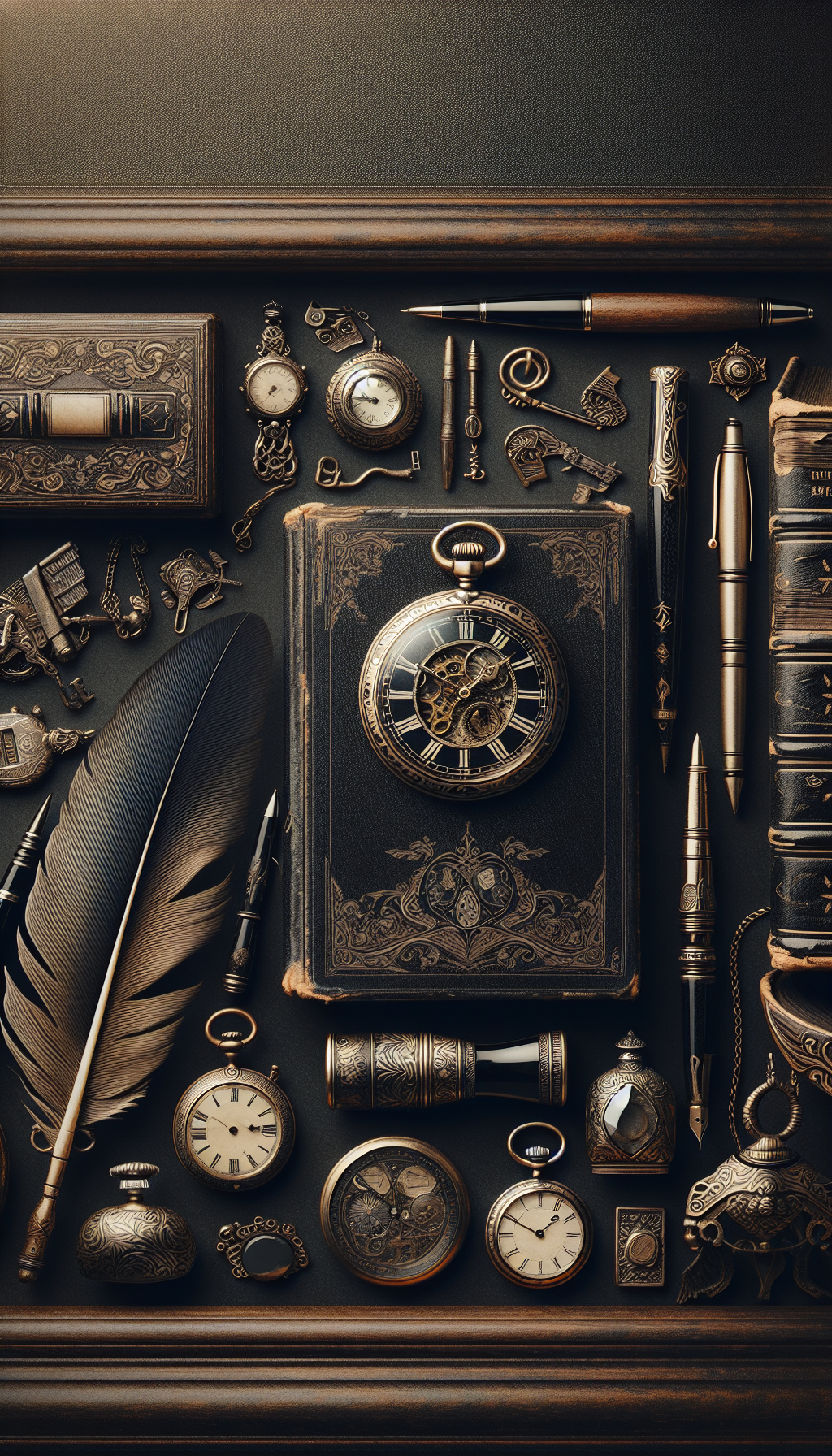Unlock The Value Of Your Treasures Find Expert Art Appraisal Services Near You For Free
You don’t have to spend a fortune to understand what your art, antiques, and collectibles might be worth. Free and low-cost appraisal options exist in most cities—and many can be accessed online from home. The key is knowing where to look, what to bring, and how to interpret the opinions you receive so you can protect, insure, or sell with confidence.
This guide shows you how to find reputable, free appraisal services near you, prepare your items for expert review, and turn a quick valuation into smart next steps.
Why Appraisals Matter: Types of Value and When You Need Them
“Value” isn’t one number. Appraisers use different definitions depending on purpose:
- Fair Market Value (FMV): The price a willing buyer and seller would agree on in an open market, without pressure. Common for estate settlements, donations, and equitable distribution.
- Retail Replacement Value (RRV): The price to replace an item with one of similar kind and quality in the retail market. Used for insurance scheduling.
- Auction Estimate: A low-to-high range indicating what an item is likely to fetch at auction based on comparable sales, market demand, and timing.
- Liquidation/Forced Sale Value: A discounted value when items must be sold quickly or under constraint.
Free appraisals are usually verbal opinions or auction estimates meant to orient you and, often, to encourage consignment. They are not substitutes for a formal, written appraisal by a qualified appraiser when you need documentation for insurance, estate, court, or tax purposes.
If you do need a formal report, look for a credentialed appraiser who complies with USPAP (Uniform Standards of Professional Appraisal Practice) and specializes in your category (fine art, furniture, jewelry, Asian art, books, etc.). Major professional associations include ISA (International Society of Appraisers), ASA (American Society of Appraisers), and AAA (Appraisers Association of America).
Where to Find Free Art and Antique Appraisals Near You
There are more options than you might expect. Start with these:
- Auction houses (local and regional): Many offer free valuation days, open houses, or 15–30 minute appointments. Most also provide complimentary online estimates from photos. Regional firms can be especially helpful—they know what sells in your area and can often visit a property.
- National auction firms: Their consignment departments routinely provide free preliminary estimates from images and dimensions. These are not formal appraisals, but they’re useful market indicators when you’re considering a sale.
- Galleries and dealers: Some dealers will give informal price opinions on items within their specialty. Expect a verbal ballpark figure or a discussion of saleability rather than a written appraisal.
- Museums and university programs: While most museums cannot provide monetary values (to avoid conflicts of interest), many offer identification clinics, “collection care” days, or referrals to independent appraisers. University art departments and archaeology/anthropology programs sometimes host public artifact identification days.
- Libraries, historical societies, and charity “appraisal days”: Community organizations often host free or low-fee events with local experts. Spots fill quickly; bring one or two items and your documentation.
- Jewelers, coin shops, and watch specialists: Many will provide complimentary verbal buy offers or preliminary opinions. Remember: a buy offer is not an appraisal, and a dealer’s margin is built into the price.
- Estate sale companies: Will often visit to assess what’s sellable and provide informal guidance at no charge, especially if you’re considering hiring them.
- Online communities and forums: Expert-led groups can be useful for identification, marks, and artist attribution. Treat crowd-sourced opinions as leads, not conclusions; verify with a credentialed specialist.
How to find them quickly:
- Search phrases like “free art appraisal near me,” “auction valuation day [city],” “antiques appraisal event [county],” “museum object ID day [city],” “ISA appraiser [category] [city].”
- Call local auction houses and ask: “Do you offer complimentary walk-in valuations or online estimates? What categories do you handle? Are there item limits?”
- Ask your insurer, museum docents, or interior designers for referrals to USPAP-compliant appraisers in your area.
How to Prepare: What Experts Need to See
Good preparation leads to better, faster opinions—and can uncover value you didn’t know you had.
- Identification details:
- Artist/maker name, signatures, monograms, inscriptions, hallmarks, foundry stamps, serial numbers.
- Labels, tags, gallery stickers, exhibition or shipping labels on the back of artworks.
- Measurements:
- Art: Height × width (× depth if applicable). For paintings, note image size and frame size separately. Use inches or centimeters and specify the unit.
- Furniture/objects: Height × width × depth; seat height for chairs; case size for clocks; diameter for bowls/vases.
- Materials and techniques:
- Paintings: oil, acrylic, watercolor, gouache, tempera, mixed media, support (canvas, panel, paper).
- Prints: etching, lithograph, screenprint, woodcut; edition number (e.g., 12/75), signature (pencil/plate), watermark.
- Sculpture: bronze, marble, resin, terracotta; cast method; foundry marks.
- Jewelry: metal karat and hallmarks, gemstone details (known tests), designer/maker stamps.
- Silver: sterling vs. silver plate marks (e.g., “925,” “Sterling,” vs. “EPNS”).
- Ceramics: porcelain vs. earthenware/stoneware; underglaze vs. overglaze decoration; factory marks.
- Rugs/textiles: knot count, origin attribution, fiber content.
- Books/maps: edition, publisher, date, dust jacket presence, inscriptions, condition.
- Provenance and paperwork:
- Receipts, prior appraisals, certificates of authenticity, exhibition catalogs, restoration records, correspondence, photos of the item in situ, import/export documents.
- Condition notes:
- Craquelure, abrasions, tears, warping, overpainting, replaced parts, repairs, stains, foxing, patina changes. Mention anything you see; don’t attempt fixes.
- Photos (if submitting online):
- Front, back, sides, close-ups of signatures/marks/labels/damage, and a scale reference (ruler or known object). Good natural light, no heavy filters.
- Don’ts:
- Do not clean, polish, or “touch up” prior to appraisal—especially silver, paintings, and antique finishes. Cleaning can erase value.
- Don’t remove backing papers, labels, or old nails/stretcher bars from paintings.
Category-specific tips:
- Paintings on canvas: Photograph the back; stretcher construction, tacks/staples, and canvas weave can help date the piece.
- Prints: Provide edition size, paper type, and margins visibility. Untrimmed margins can matter.
- Furniture: Note wood type, joinery (hand-cut vs. machine-cut dovetails), and hardware (original vs. replaced).
- Clocks/watches: Provide movement photos if accessible without forcing; note service history.
- Asian art: Marks often read differently than Western signatures; clear macro photos are essential.
Understanding What You’ll Get (and Not Get) for Free
Set expectations so you can use the information appropriately.
What free services usually include:
- Verbal opinion of value or an auction estimate range based on photos and basic facts.
- Identification or attribution direction (“school of,” “circle of,” “after,” or “in the manner of”).
- Saleability guidance and recommended venues (auction category, dealer networks, timing).
- Consignment terms if you choose to sell (commission, fees, marketing plan).
What free services usually do not include:
- A written, USPAP-compliant appraisal suitable for insurance, estate, court, or tax purposes.
- Warranty of authenticity, especially for high-risk categories (blue-chip modern art, antiquities, rare watches).
- In-depth research dossiers, condition reports with UV/X-ray, or scientific analysis.
Fee transparency:
- Formal appraisals are typically billed hourly or per-item, often with a minimum. Rates vary by region and specialty.
- It is a conflict of interest for a formal appraiser to appraise for a fee and then buy the object. Independent appraisers will disclose conflicts and won’t pressure a sale.
- Auction houses offering free estimates earn when you consign; review seller’s commission, photography/insurance fees, and any unsold charges before you commit.
Red flags to avoid:
- An “appraiser” who can’t or won’t state credentials or USPAP knowledge.
- Guaranteed value claims without inspection or comps.
- High fees demanded upfront for “authentication papers” from unknown entities.
- Pressure tactics to sell immediately at a steep discount.
Quick Checklist: Prepare for a Free Art Appraisal
- Write a concise description: object type, maker/artist (if any), materials, dimensions, and any marks.
- Gather paperwork: receipts, prior appraisals, certificates, provenance notes, restoration records.
- Photograph: front/back/sides, close-ups of signatures/marks/labels/damage, and a size reference.
- Note condition issues but avoid cleaning or repairs.
- List your goals: curiosity, insurance, donation, sale now vs. later.
- Prepare questions: value type, likely venues, timing, consignment terms, shipping/insurance recommendations.
- Bring or upload only your best 1–3 items first to maximize time with the expert.
Turning an Appraisal into Action: Keep, Insure, or Sell
Once you have an opinion of value, choose the next step deliberately.
If you plan to keep it:
- Insurance: For significant items, ask your insurer if a schedule is needed. You’ll likely need a written appraisal with Retail Replacement Value.
- Care and conservation: Use archival framing for works on paper; avoid direct sunlight; control humidity; keep paintings off exterior walls in damp climates. Consult a conservator before any cleaning.
- Documentation: Keep appraisal reports, receipts, and provenance together. Photograph the item in place for insurance records.
If you plan to sell:
- Choose the right market: Local auction for bulky furniture; specialty auctions for niche categories (studio glass, ethnographic art, design); dealers for quick private sales; galleries for established artists; online platforms for mid-range items with broad demand.
- Compare offers and terms: Ask at least two auction houses/dealers for estimates and consignment agreements. Compare seller’s commission, fees, reserve policy, marketing exposure, payment timelines, and transport handling.
- Understand fees: Seller’s commission often ranges roughly from 10% to 25% depending on value. Buyer’s premiums reduce hammer prices’ purchasing power; factor them into expectations.
- Set a reserve prudently: Reserves protect you from underselling but can chill bidding if set too high. Follow your specialist’s guidance.
- Timing: Certain categories have seasonal peaks. Plan consignments so your item appears in the most relevant sale calendar.
- Shipping and risk: Use professional art shippers for high-value or fragile items. Confirm transit insurance coverage, packing standards, and chain-of-custody.
If you need a formal appraisal:
- Select specialization: Match the appraiser to the object category.
- Verify credentials: Confirm membership in ISA, ASA, or AAA, training hours, and USPAP currency.
- Define scope and value type: Insurance (RRV), estate/donation (FMV), equitable distribution, damage claim (diminution in value).
- Agree on fees in writing: Hourly or per-item, travel, research time, report delivery date, and any updates policy.
Getting A Better Number: What Drives Value
Understanding the levers of value helps you ask sharper questions and interpret ranges.
- Authenticity and attribution: Works by the artist vs. studio, follower, or later reproduction. Catalogue raisonné inclusion matters for many artists.
- Subject matter and period: Desirable themes and peak periods command premiums.
- Size and format: Larger isn’t always better; “wall-friendly” sizes often outperform massive works.
- Condition and originality: Unrestored, original finishes, and period frames can add value. Over-restoration or aggressive cleaning reduces it.
- Provenance and exhibition history: Notable prior owners, gallery labels, and exhibitions add credibility and interest.
- Rarity and demand: Limited editions vs. open editions; supply in the market; trend cycles.
- Quality within the artist’s oeuvre: Signature techniques, level of finish, and compositional strength.
- Market context: Recent comparables, regional preferences, and macro trends.
Ask the specialist to show or describe representative comparables and how they adjusted for differences (size, condition, date, subject).
Short FAQ
Q: Are free appraisals accurate? A: They can be directionally accurate when provided by specialists who know the category and see good photos or the item in person. Treat them as preliminary ranges, not certified values. For insurance, estates, or tax, get a formal, USPAP-compliant report.
Q: How do I verify an appraiser’s qualifications? A: Ask for their specialty, years of experience, membership in ISA/ASA/AAA, and whether they’re current with USPAP. Request a sample redacted report if you need a formal appraisal and check references.
Q: How much does a formal written appraisal cost? A: Fees vary by region and complexity. Many appraisers charge hourly with minimums; others charge per item for straightforward categories. Expect a clear engagement letter detailing scope, value type, rate, and delivery date.
Q: Should I clean or restore before an appraisal? A: No. Cleaning, polishing, or removing patina can permanently reduce value. Let the specialist advise on conservation after they assess the item.
Q: Will a free appraisal satisfy my insurer? A: Usually not. Insurers typically require a written appraisal with Retail Replacement Value for scheduled items above certain thresholds. Ask your agent what documentation they accept.
Unlocking the value of your treasures starts with the right eyes on the right object. With smart preparation and the targeted outlets above, you can get expert, free appraisal guidance near you—then decide confidently whether to keep, insure, conserve, or sell.




